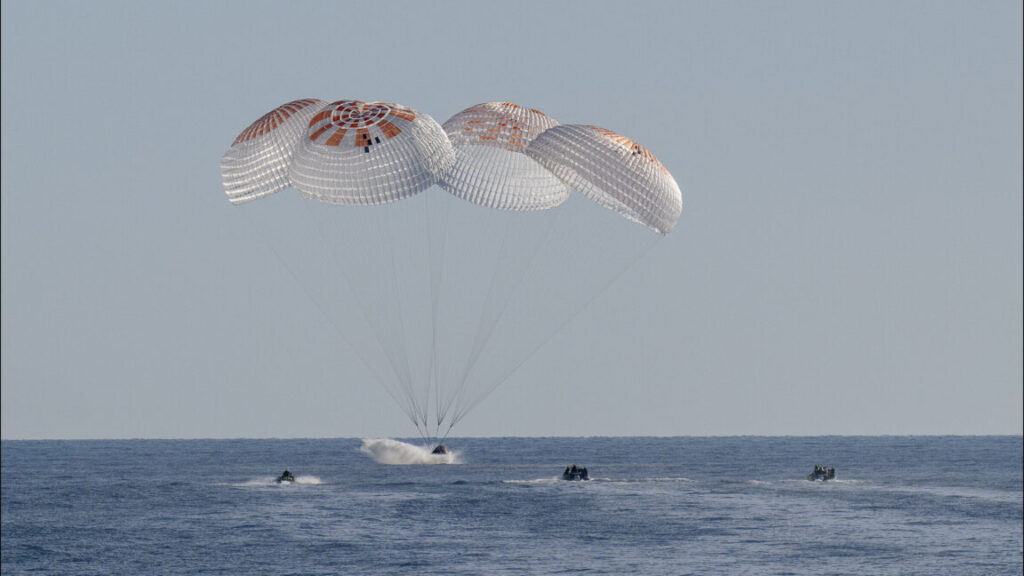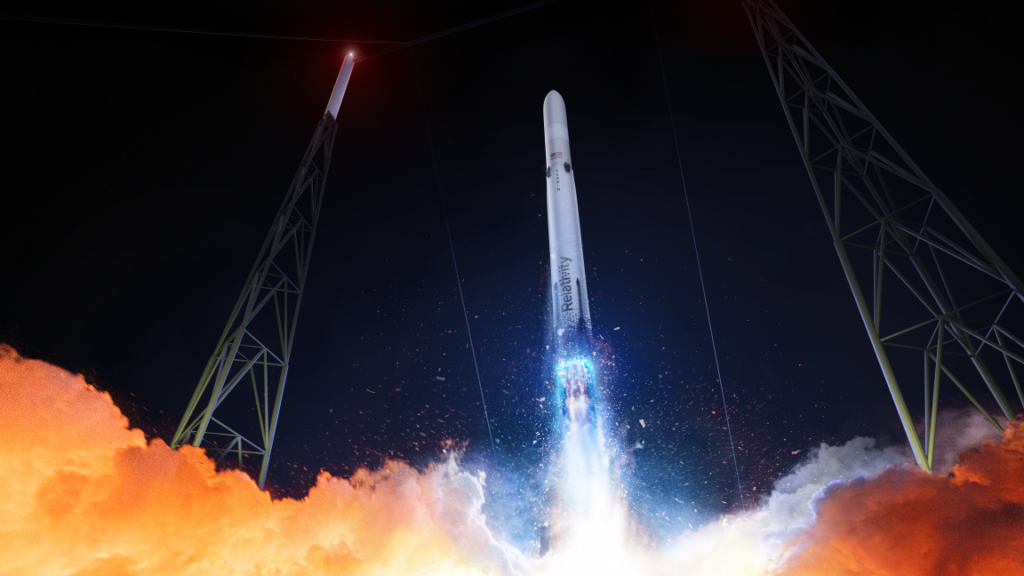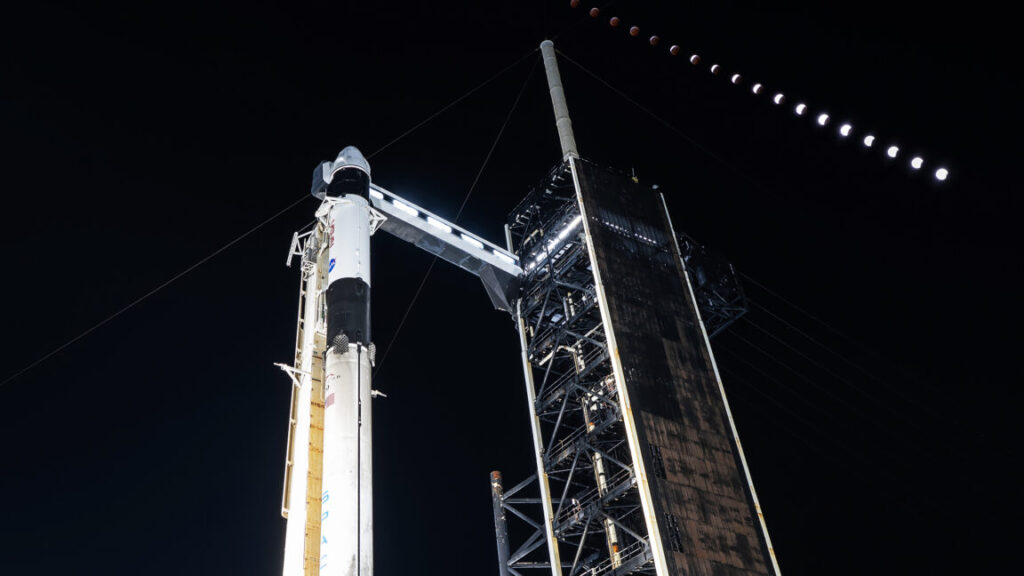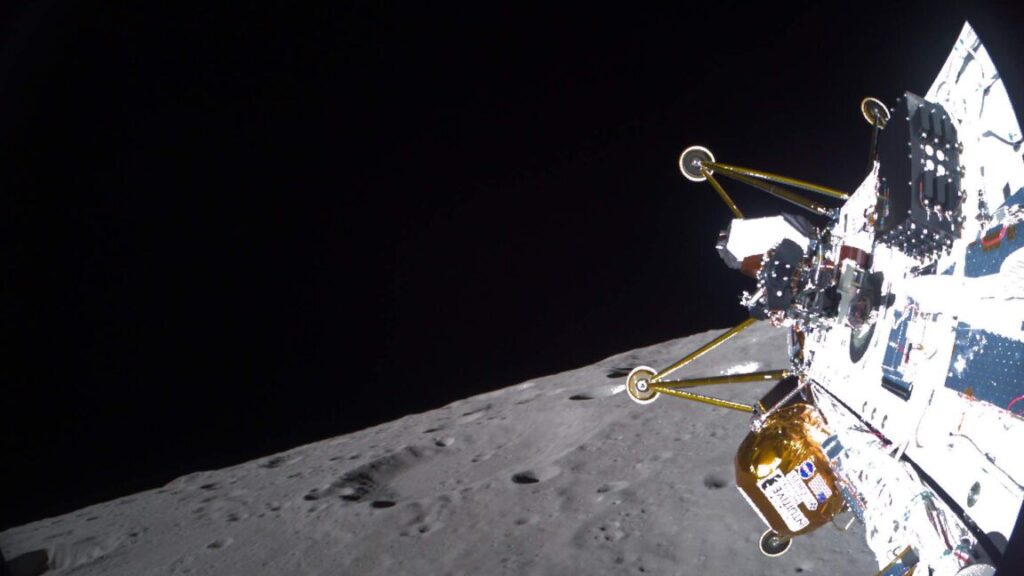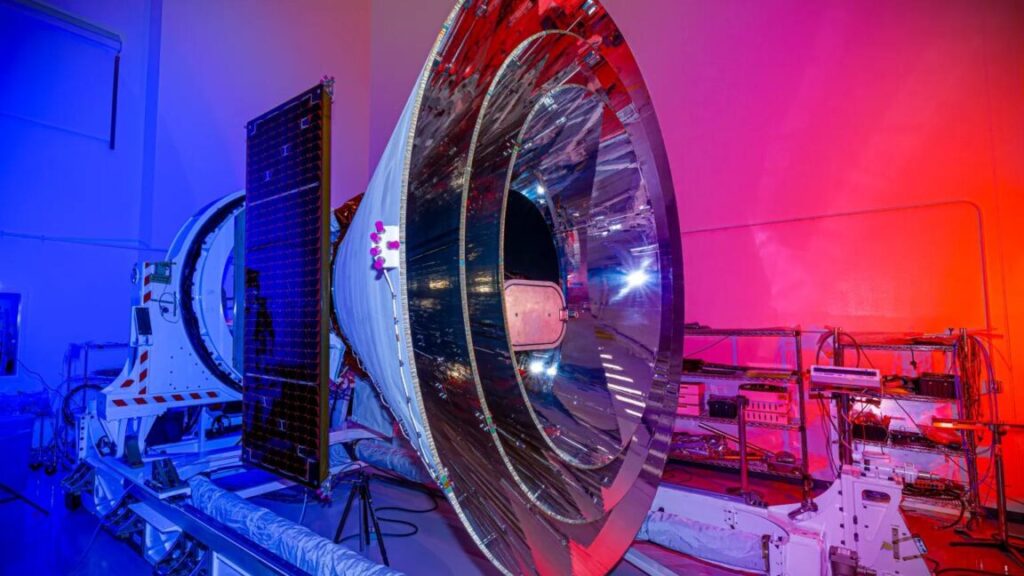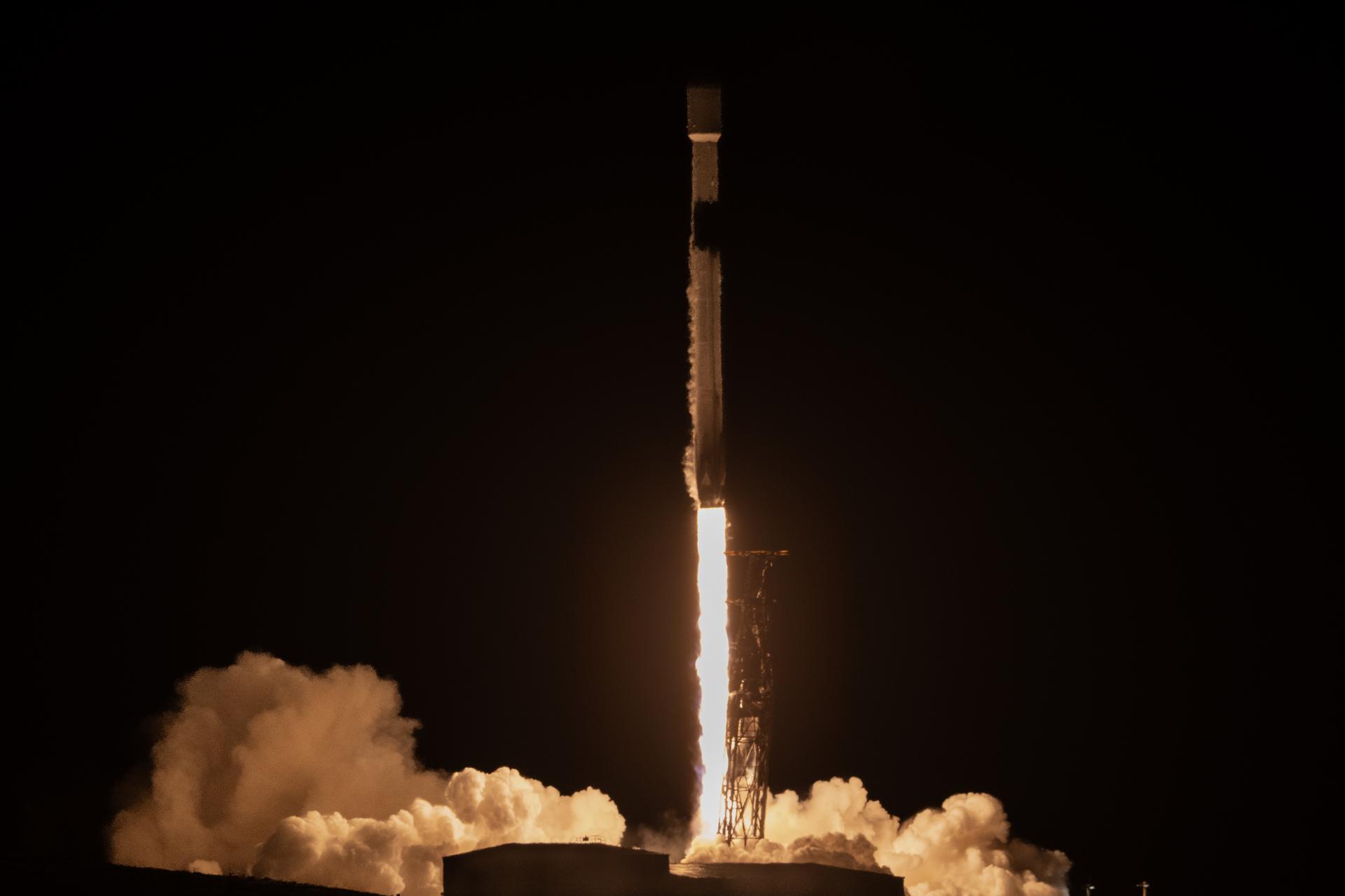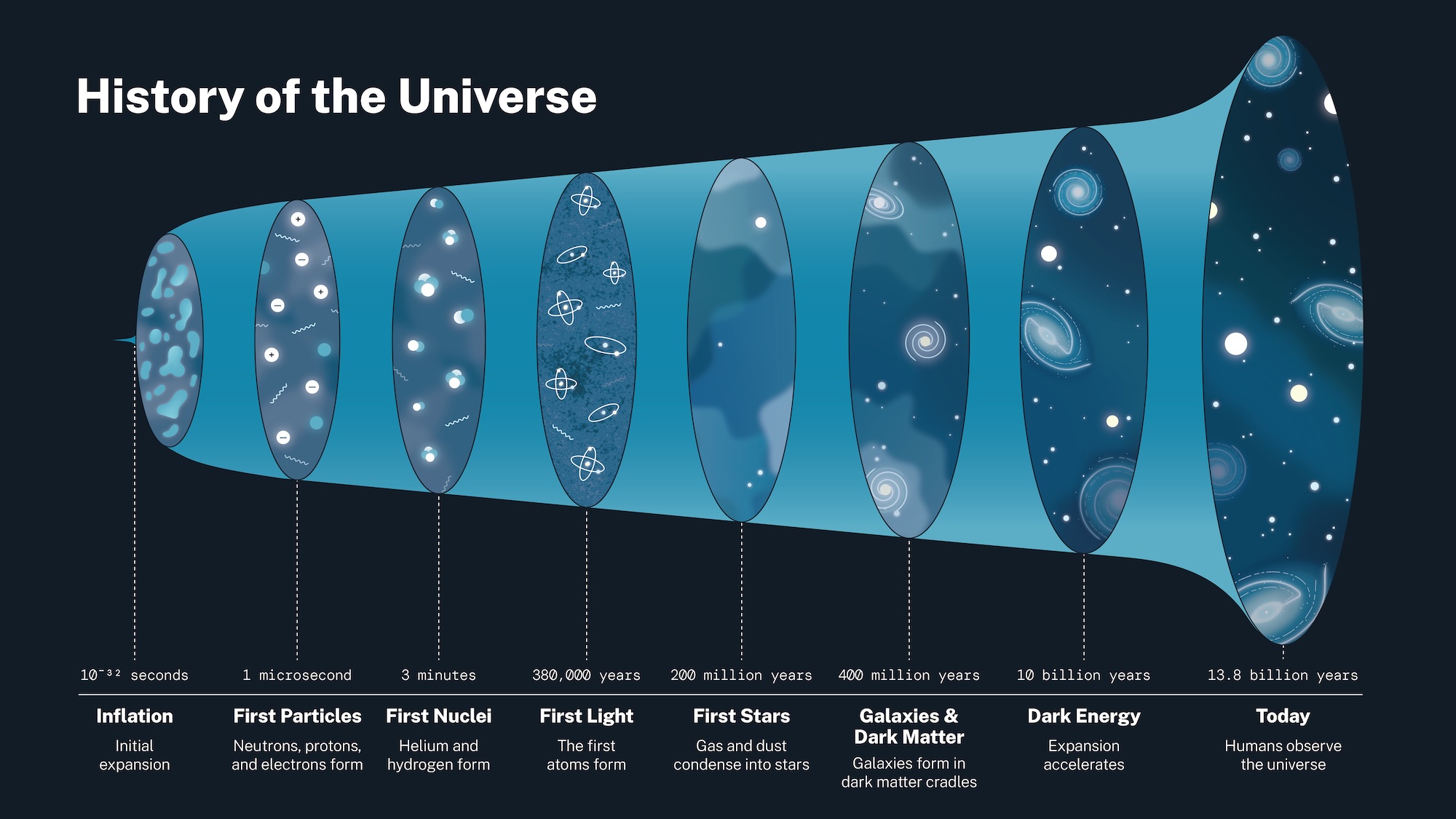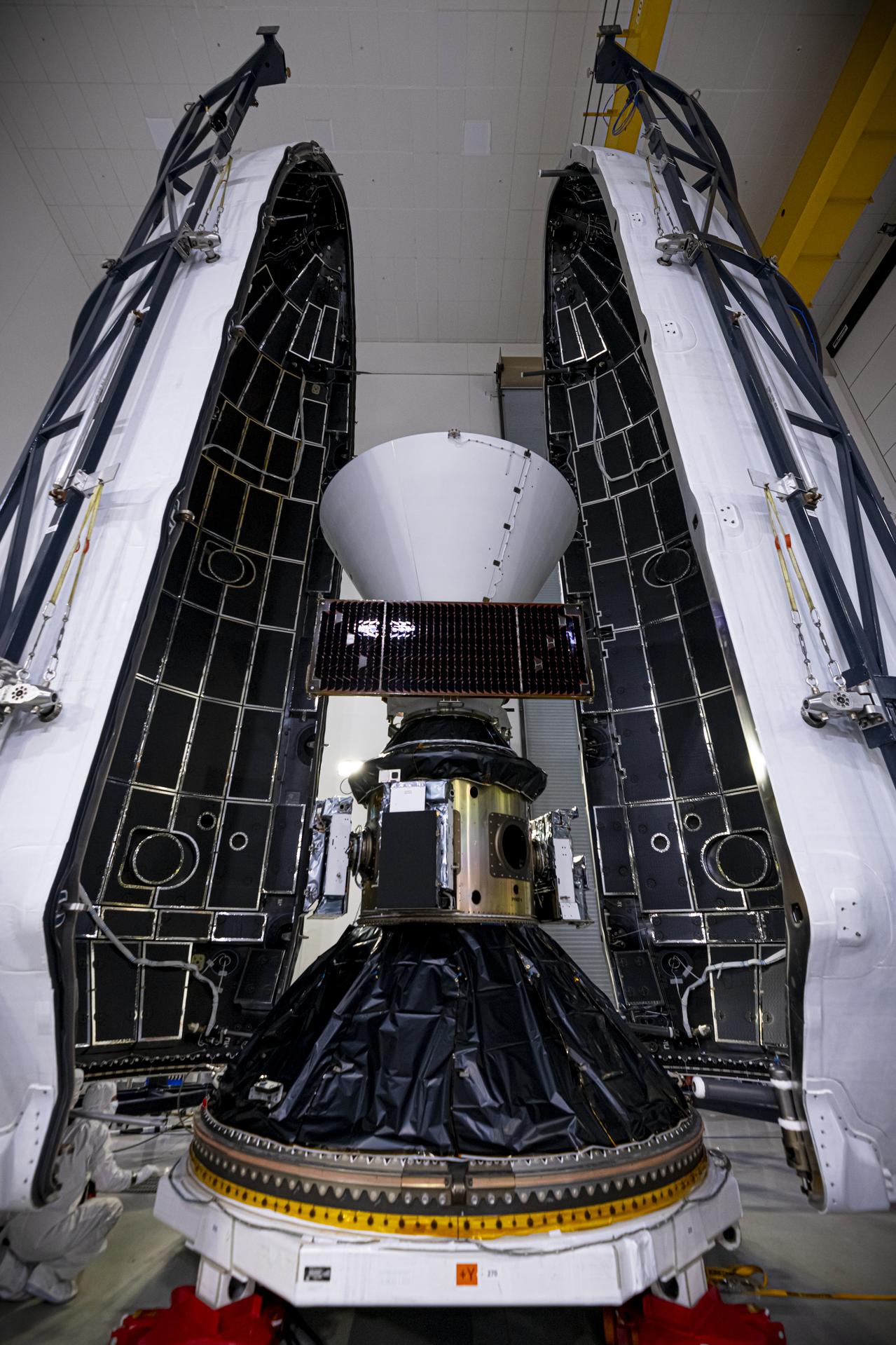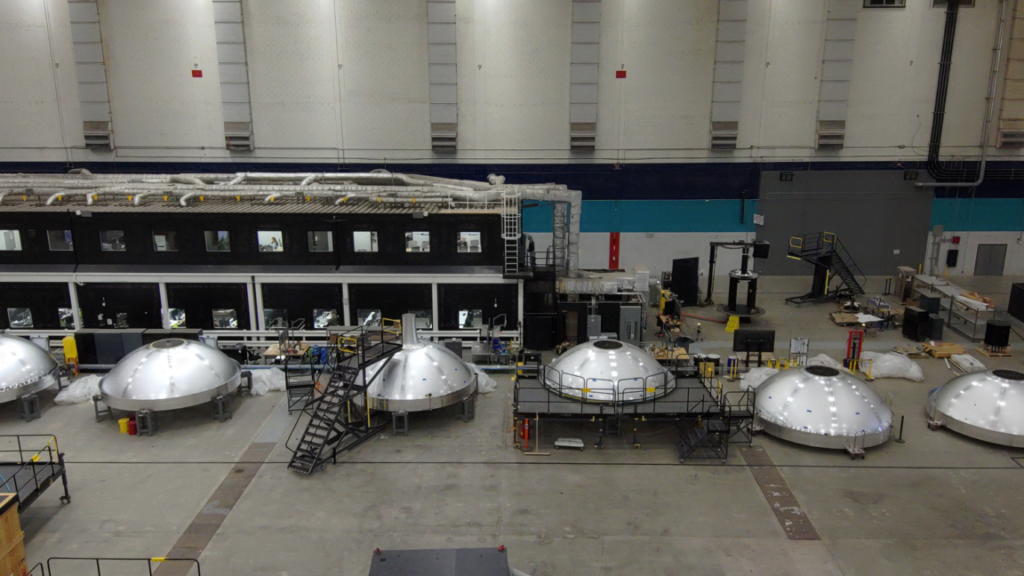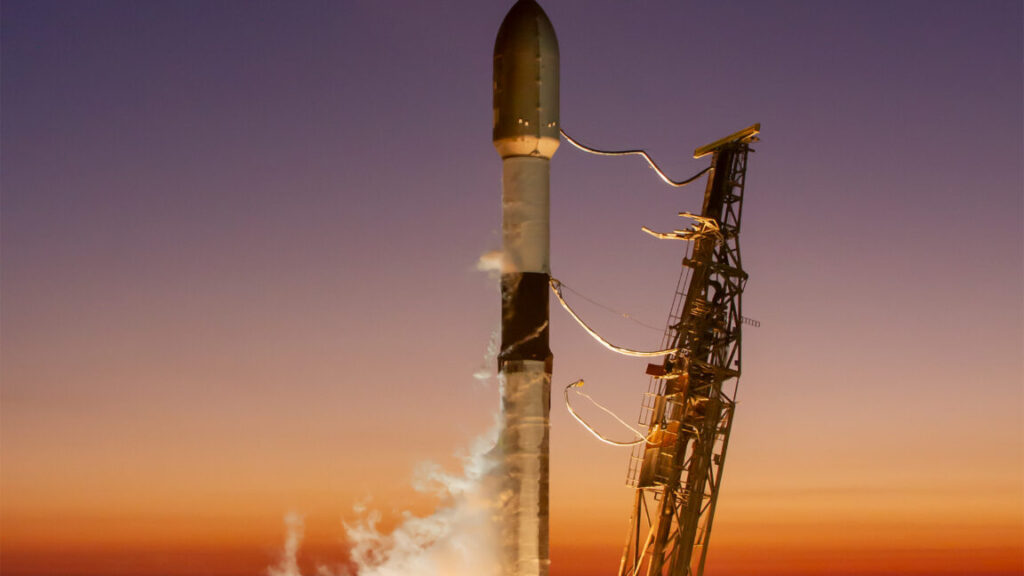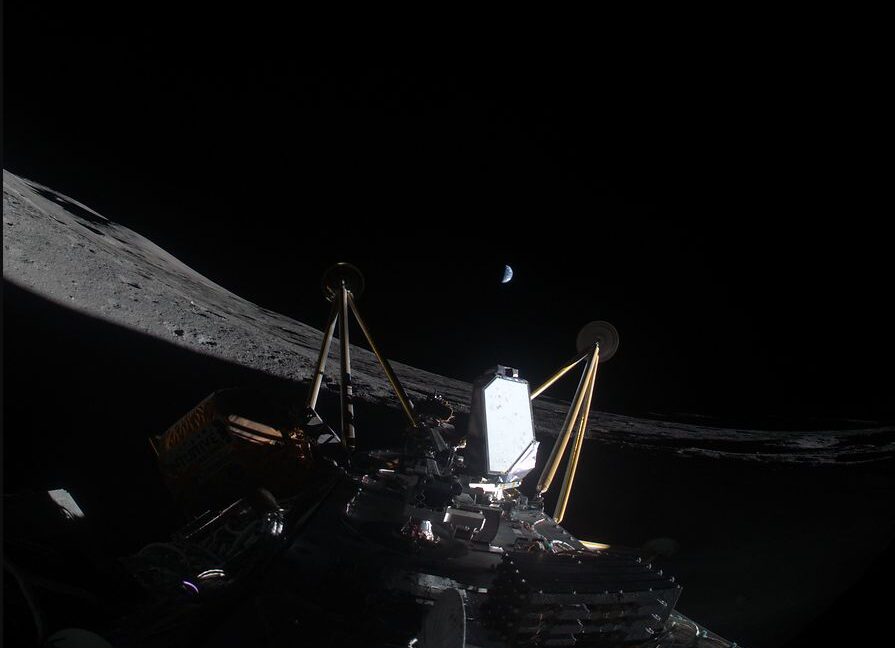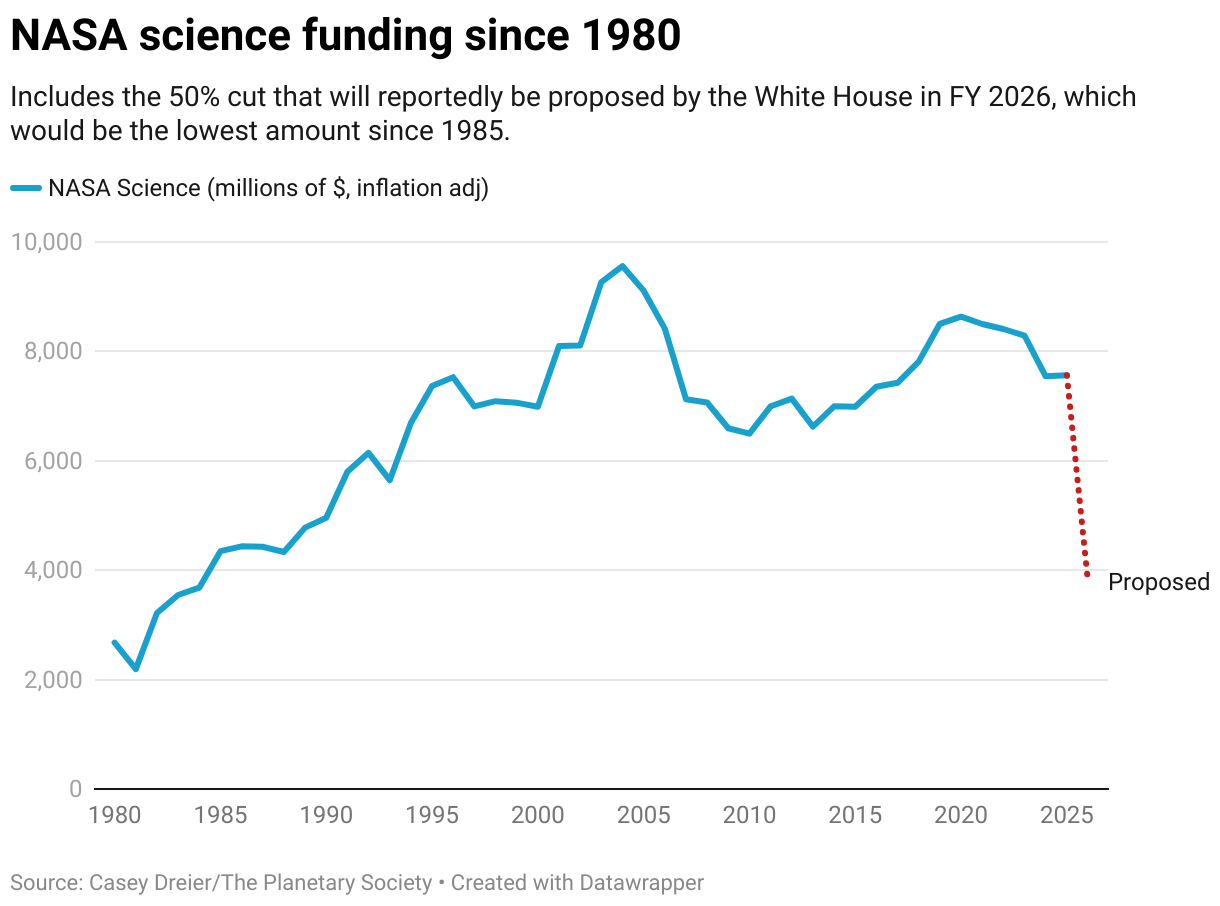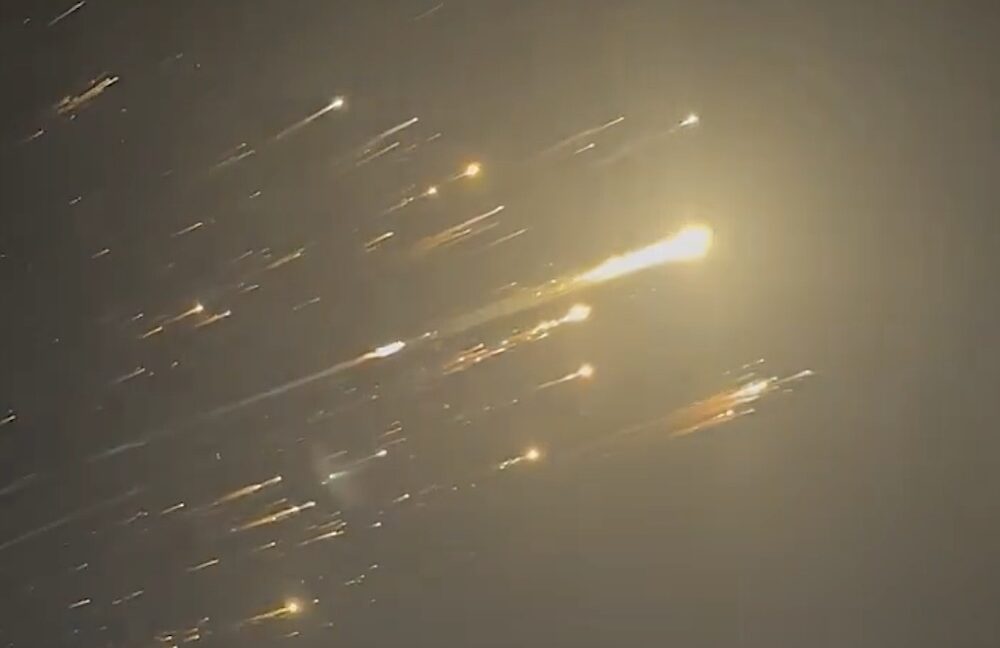Can NASA remain nonpartisan when basic spaceflight truths are shredded?
It looked like the final scene of a movie, the denouement of a long adventure in which the good guys finally prevail. Azure skies and brilliant blue seas provided a perfect backdrop on Tuesday evening as a spacecraft carrying four people neared the planet’s surface.
“Just breathtaking views of a calm, glass-like ocean off the coast of Tallahassee, Florida,” commented Sandra Jones, a NASA spokesperson, during the webcast co-hosted by the space agency and SpaceX, whose Dragon vehicle returned the four astronauts from orbit.
A drone near the landing site captured incredible images of Crew Dragon Freedom as it slowly descended beneath four parachutes. Most of NASA’s astronauts today, outside of the small community of spaceflight devotees, are relatively anonymous. But not two of the passengers inside Freedom, Butch Wilmore and Suni Williams. After nine months of travails, 286 days to be precise, they were finally coming home.
Dragon continued its stately descent, falling to 400 meters, then 300, and then 200 above the ocean.
Kate Tice, an engineer from SpaceX on the webcast, noted that touchdown was imminent. “We’re going to stand by for splashdown located in the Gulf of America,” she said.
Ah, yes. The Gulf of America.
This is why we can’t have nice things.
A throne of lies
For those of us who have closely followed the story of Wilmore and Williams over the last nine months—and Ars Technica has had its share of exclusive stories about this long and strange saga—the final weeks before the landing have seen it take a disturbing turn.
Can NASA remain nonpartisan when basic spaceflight truths are shredded? Read More »
